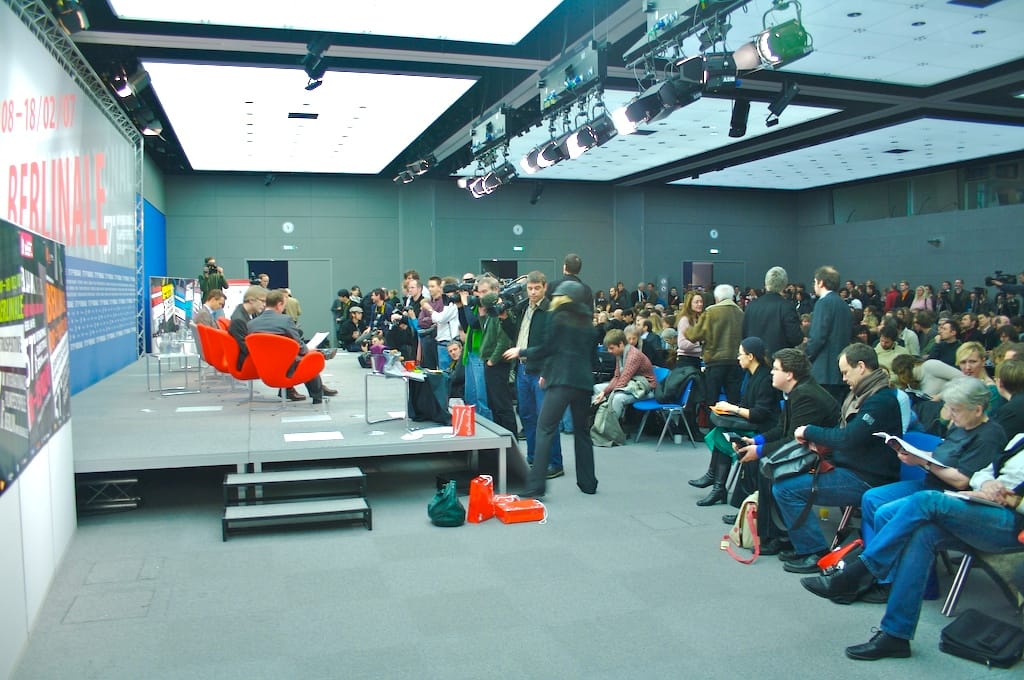Is Rotten Tomatoes Still the Gold Standard? Why Critics and Audiences Are Growing Apart
The bright red "Fresh" or dreaded green "Rotten" badge on Rotten Tomatoes has become the modern equivalent of thumbs up or down—influencing millions of moviegoers' decisions every weekend. But as the entertainment landscape evolves and audience tastes shift, a growing chorus of film enthusiasts, industry professionals, and data analysts are questioning whether the world's most influential movie rating aggregator still accurately reflects quality or has become a victim of its own success.
The Numbers Don't Lie: A Growing Divide
Recent analysis of Rotten Tomatoes data reveals troubling trends that suggest the platform's reliability is eroding. The gap between critics' scores and audience ratings has widened significantly over the past five years, with discrepancies of 30+ percentage points becoming increasingly common.
Take The Last Jedi (2017), which earned a 91% critics' score but only 42% from audiences—a 49-point chasm that sparked heated debates across social media. More recently, She-Hulk: Attorney at Law garnered 77% from critics while audiences rated it just 34%. These aren't isolated incidents but part of a pattern that suggests critics and general audiences are viewing content through fundamentally different lenses.
The Echo Chamber Effect
One major concern is the homogenization of film criticism. Data shows that the pool of critics contributing to Rotten Tomatoes has become increasingly concentrated, with many sharing similar educational backgrounds, geographic locations, and aesthetic preferences. This clustering effect can create echo chambers where certain types of films—particularly those with strong social messages or art-house sensibilities—receive disproportionately positive coverage.
Meanwhile, genre films, comedies, and crowd-pleasers often face harsher critical scrutiny despite strong audience appeal. Venom (2018) exemplifies this disconnect: critics gave it 30%, while audiences rated it 80%—a difference that left many scratching their heads at the box office success of a "critically panned" film.
The Manipulation Problem
The platform's binary fresh/rotten system, while simple to understand, creates perverse incentives for manipulation. Studios have been caught organizing critic screenings strategically, while online campaigns can artificially inflate or deflate audience scores. The Captain Marvel controversy in 2019 led Rotten Tomatoes to overhaul its audience rating system, but questions remain about the platform's vulnerability to coordinated attacks.
More concerning is the "threshold gaming" phenomenon, where a 59% rating appears "Rotten" while 61% shows as "Fresh," despite minimal actual difference in critical reception. This binary system can make modest films appear disastrous or elevate mediocre content simply based on which side of 60% they fall.
The Streaming Era Changes Everything
The rise of streaming platforms has fundamentally altered how we consume and evaluate content. Traditional theatrical releases that critics would review in controlled environments now compete with binge-watched series, international content, and algorithm-driven recommendations. Critics reviewing Red Notice or The Gray Man for Netflix face different expectations than those evaluating potential Oscar contenders.
Additionally, the democratization of film criticism through social media and video platforms means Rotten Tomatoes no longer holds a monopoly on film evaluation. YouTubers, TikTokers, and Letterboxd users often provide more nuanced, accessible reviews that resonate better with modern audiences.
What the Data Actually Shows
Statistical analysis of rating patterns reveals that Rotten Tomatoes scores have become less predictive of commercial success over time. Films with sub-60% critic scores but high audience ratings consistently outperform expectations, while some critically acclaimed films struggle to find audiences beyond art house theaters.
The platform's influence remains substantial—studies show that a "Fresh" rating can boost opening weekend box office by 10-15%—but its predictive power for long-term success has diminished considerably.
The Verdict: Evolving, Not Broken
Rather than being "unreliable," Rotten Tomatoes reflects the fragmentation of modern media consumption. Critics and audiences aren't necessarily right or wrong—they're often evaluating films based on different criteria and expectations.
The platform's greatest value may lie not in providing definitive judgments but in offering multiple perspectives. Smart consumers increasingly look beyond the binary fresh/rotten rating to examine the actual review content, audience comments, and alternative rating systems.
For moviegoers, the takeaway is clear: use Rotten Tomatoes as one tool among many. Check multiple sources, read actual reviews, and remember that the best movie rating system is your own taste, informed by diverse perspectives rather than algorithmic aggregation.
